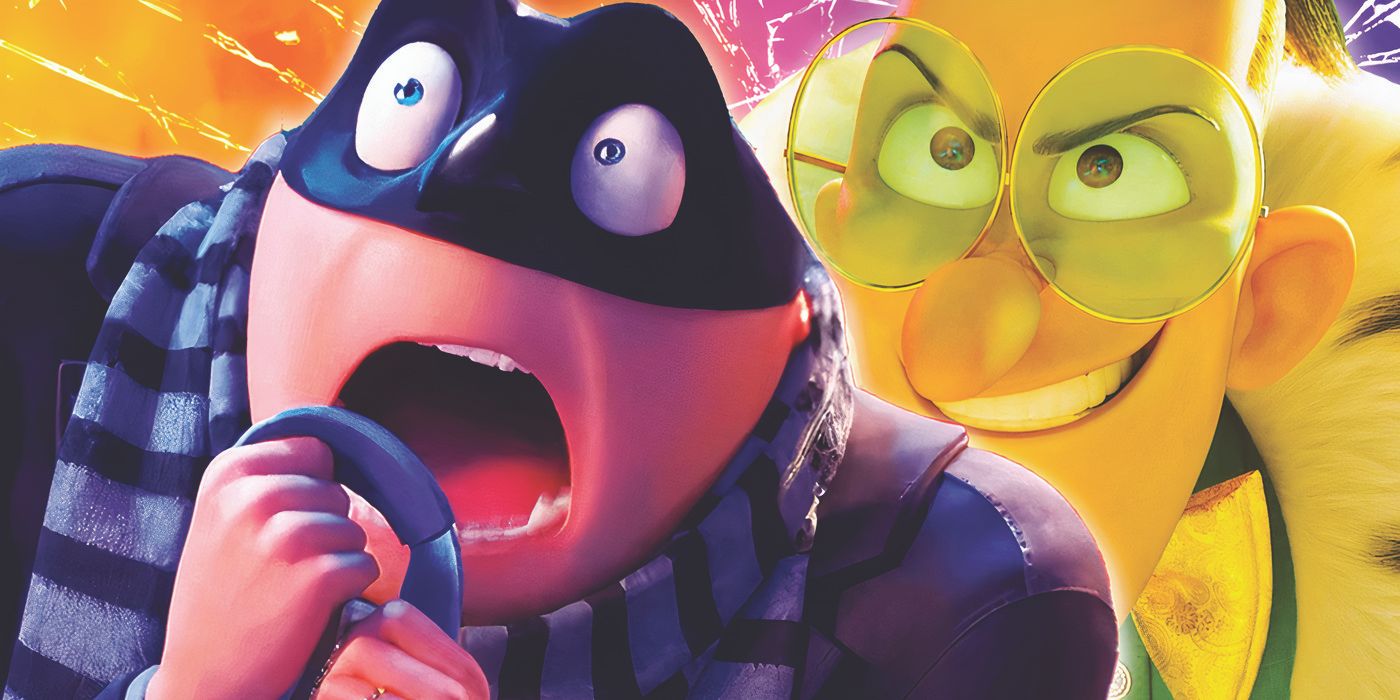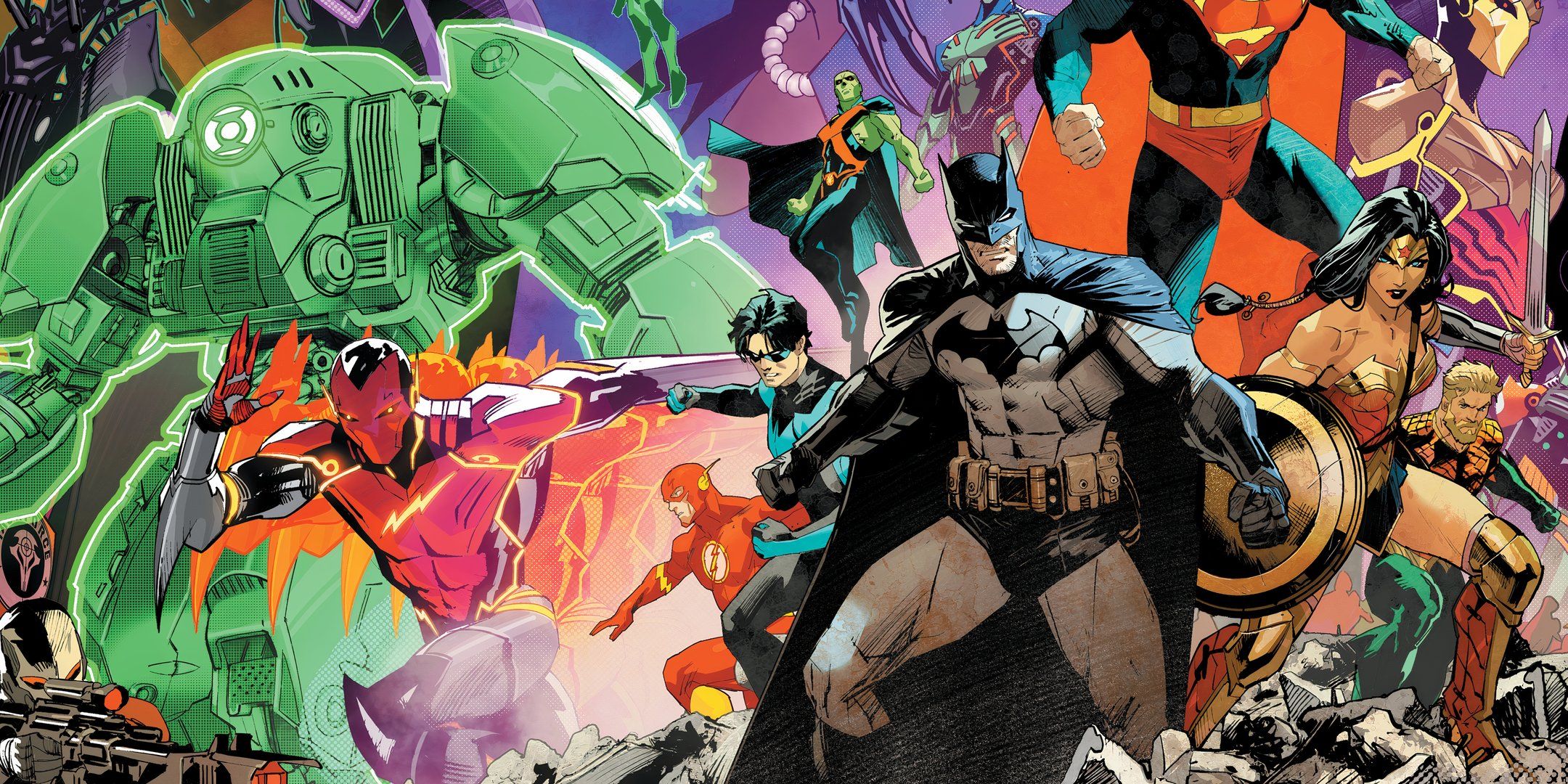Since the 1980s, life simulation has been one of the major video game genres. In these games, players control one or more virtual lifeforms in a way that somehow simulates organic lifeforms in real life. This can be done directly, by assuming the role of an in-game creature, or indirectly, by influencing an artificial intelligence.
Regardless of the details, all life sim games focus on sustaining and developing at least one virtual life, which is an enticing gameplay feature for most people. Among the many life sims available, there are a few obscure examples that are worth checking out.
Seaman (1999)
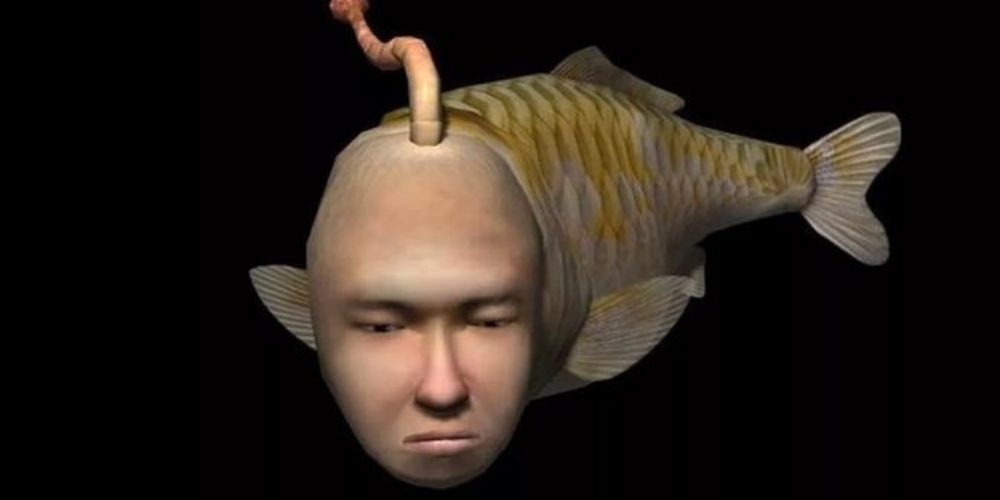
One of the best and weirdest games that was released on the Sega Dreamcast is the virtual pet Seaman. Created by Yoot Saito shortly after making SimTower, the game consists of the player raising a strange fish creature with a human face by feeding it and talking with it using the Dreamcast microphone. While raising the creature in real-time over multiple days, the player also receives some guidance from a narrator, which is voiced by Leonard Nimoy in the English version.
Although it’s mostly considered a strange one-off game internationally, in Japan the game won awards, spawned various kinds of merchandise, had several limited editions, had multiple remasters, and even had a sequel. Even now, Saito is working on another Seaman title.
Façade (2005)
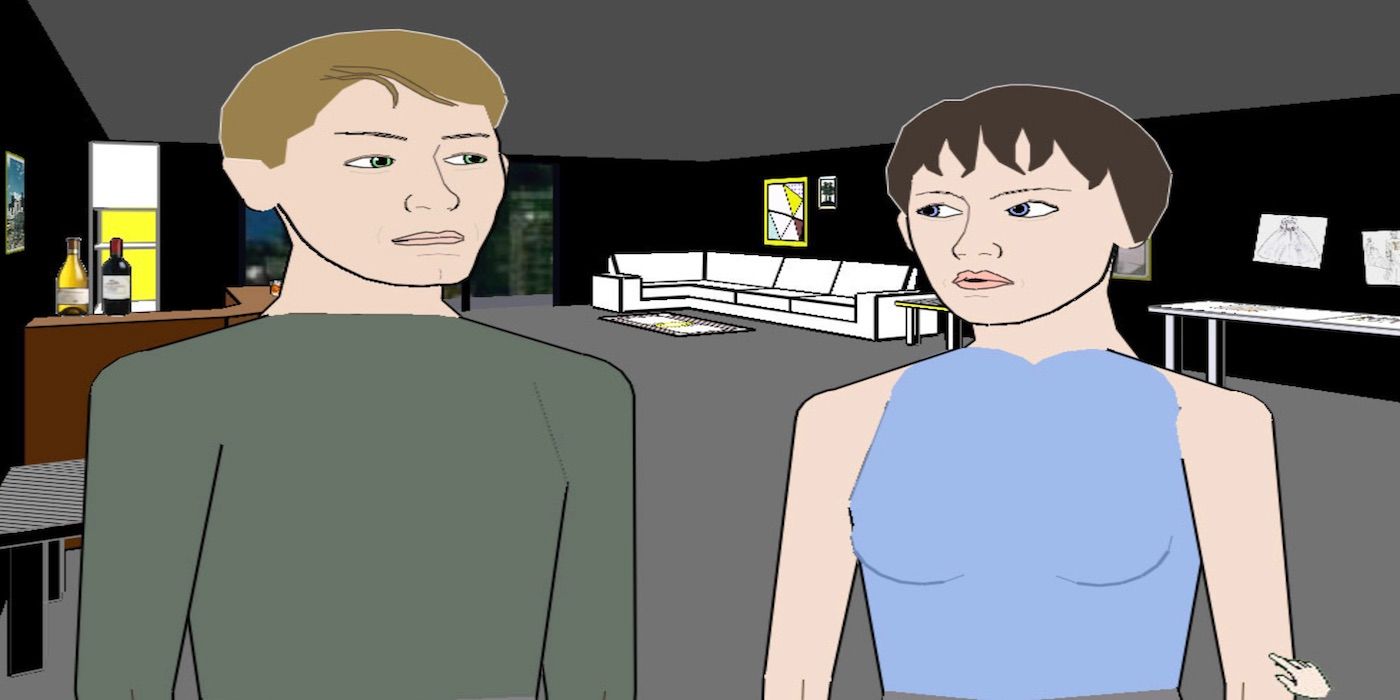
Another award-winning life sim game is the social sim Façade, which is a short interactive drama. At the start of the game, the player gets a call from their friend Trip who asks the player to visit him and his wife Grace at their apartment for drinks. While at the apartment, the player can communicate with the couple by typing out responses or interacting with various things in the house.
But, it’s quickly apparent that the couple’s marriage is struggling, and it doesn’t take long for the two characters to get into an argument. Depending on the player’s actions, they can either save the marriage, end the marriage, partially patch things up, or simply get thrown out of the apartment. The game is notable for its contributions to Artificial Intelligence technology and research.
Cubivore: Survival of the Fittest (2002)
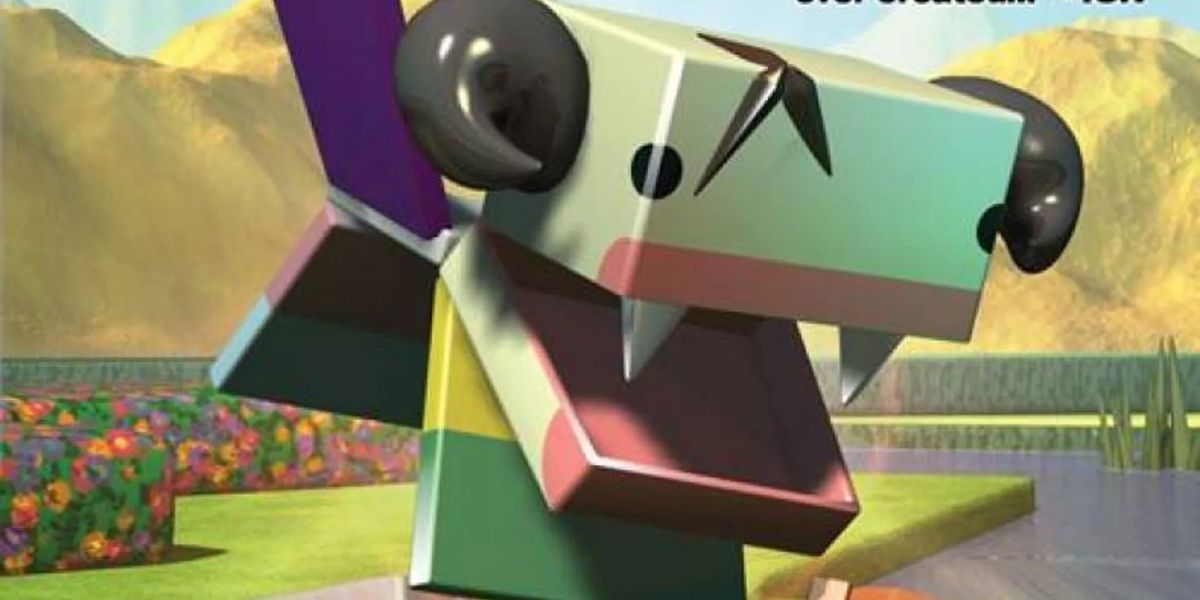
One of the most underrated GameCube titles is the action-adventure game Cubivore: Survival of the Fittest, which has the player control cubic animals known as “cubivores.” At the top of the food chain, a tyrant known as the Killer Cubivore is sucking all of the life in the Wilderness, and so the original player character decides to grow strong enough to defeat him by evolving at least 100 different times.
In order to evolve, the player must eat other Cubivores in the wild, which gives the player different colors, limbs, and abilities. After defeating bosses, the player gets some meat and is able to mate, and then the player controls the offspring.
E.V.O.: Search for Eden (1992)
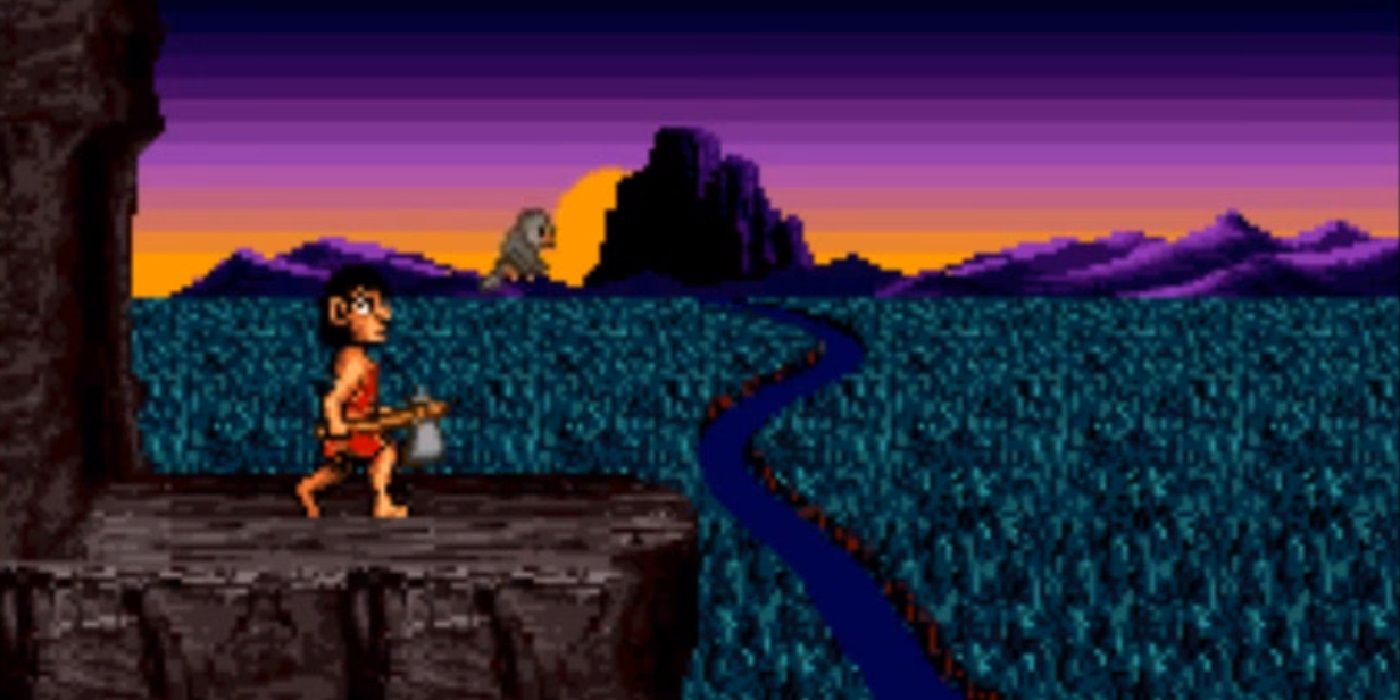
Released in 1992 as a sequel to a Japan exclusive PC-98 game, E.V.O.: Search For Eden is a side-scrolling action game and an often forgotten SNES classic. At the start of the game, the daughter of the sun, Gaia, tasks the player with evolving through different periods of Earth’s history in order to become Gaia’s immortal partner and join her in paradise. But, strange crystals are appearing on the planet and causing certain creatures to evolve unnaturally, which turns them into monsters.
During the game, the player consumes other living creatures so that it can evolve, and the player can control which abilities they get and customize their own creature. At the end of each historical era, the player fights a boss that has been corrupted by the crystals.
Long Live The Queen (2012)
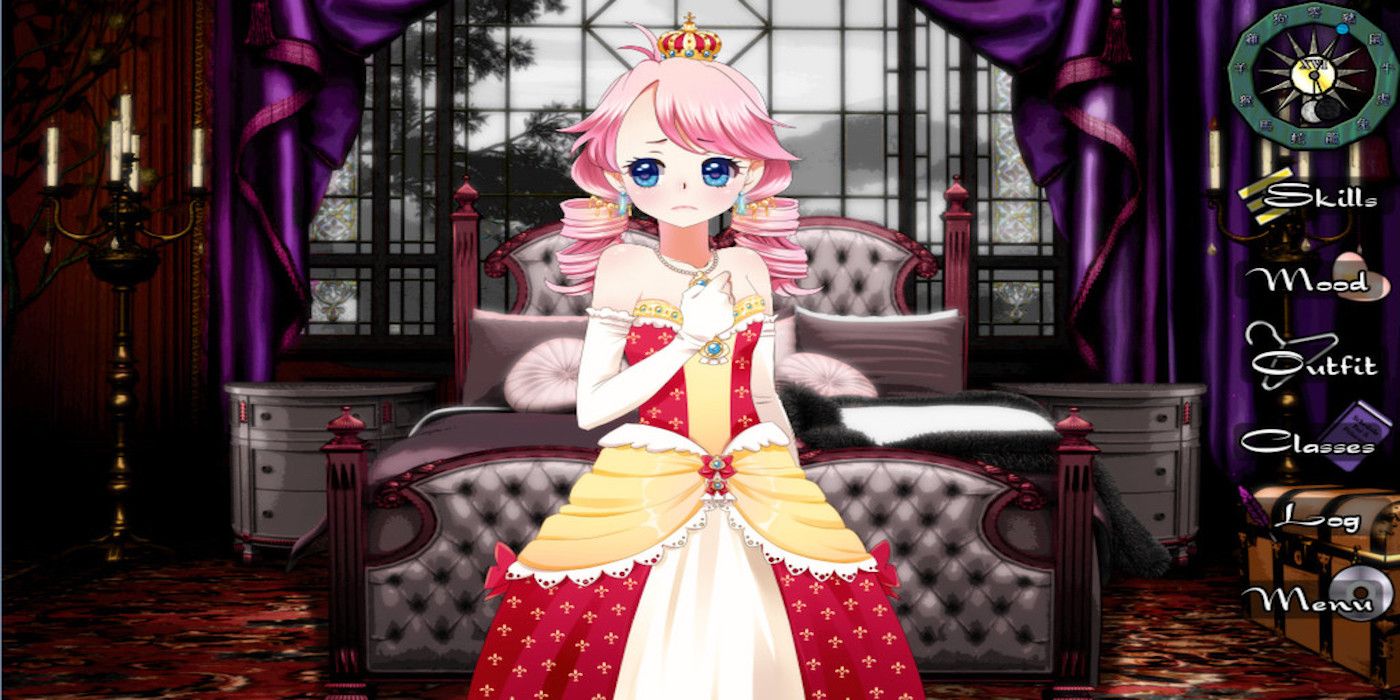
Inspired by the iconic otome game series Princess Maker, Long Live The Queen is an indie RPG raising simulator where the player must help the 14-year-old Princess Elodie, whose mother has just been murdered, become the next Queen of Nova in 40 weeks. To do this, the player will choose what subjects Elodie will learn and what activities she will do, which will affect her stats. Throughout the game, Elodie will encounter stat checks that she can either pass or fail depending on her numbers.
Because other people want her power and Elodie is extremely young, the majority of the game is spent trying to keep Elodie alive. While navigating politics, economics, and war, Elodie can die in many different ways, and there are many possible endings depending on the player’s choices.
Little Computer People (1985)
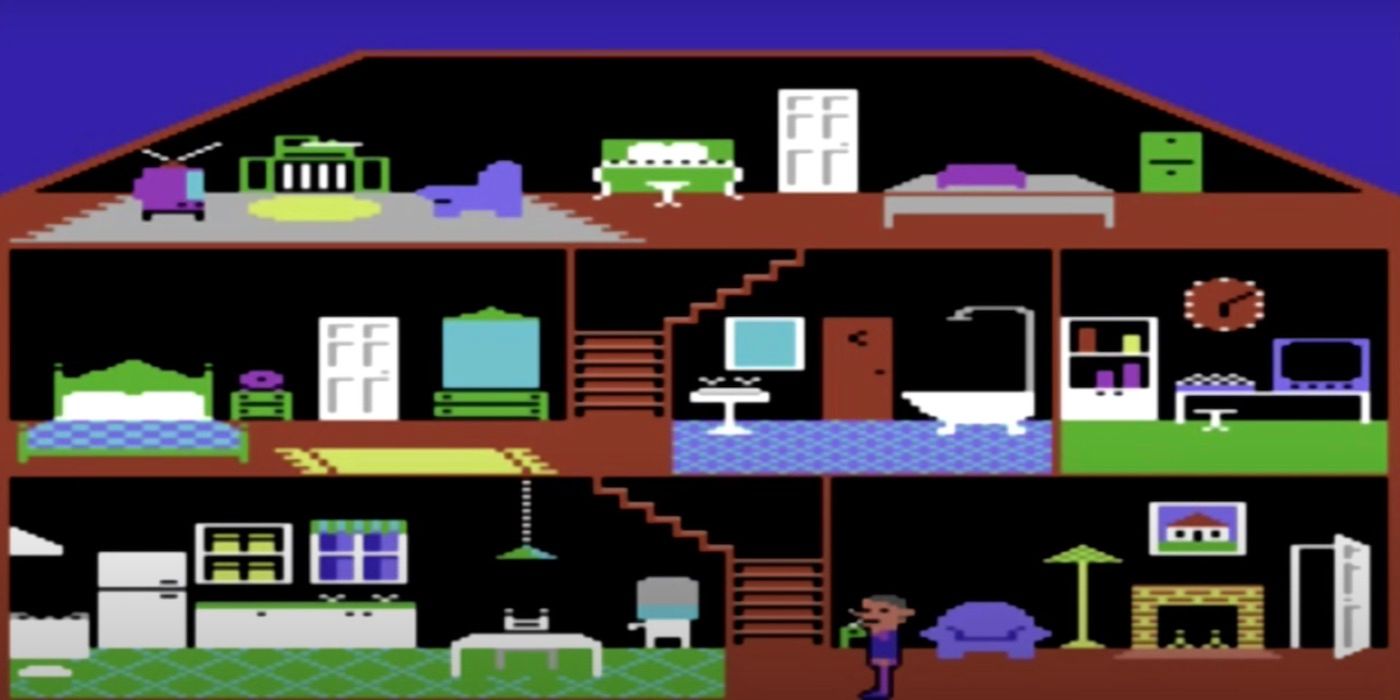
One of the first life sims was the 1985 game Little Computer People, which was created by famous early video game programmer David Crane. The main draw of the game was that it was supposed to be a “House-on-a-Disk” with a tiny “living” person inside that house. Each copy of the game had its own unique little person with its own personality and looks, so each disk of the game is different.
In this game, the player has to take care of the little person by feeding it otherwise it will die. The player can interact with the person by typing simple commands, giving gifts, or playing poker with it. Sometimes, the person will write letters to the player that lets the player know how the person is doing.
Wonder Project J (1994)
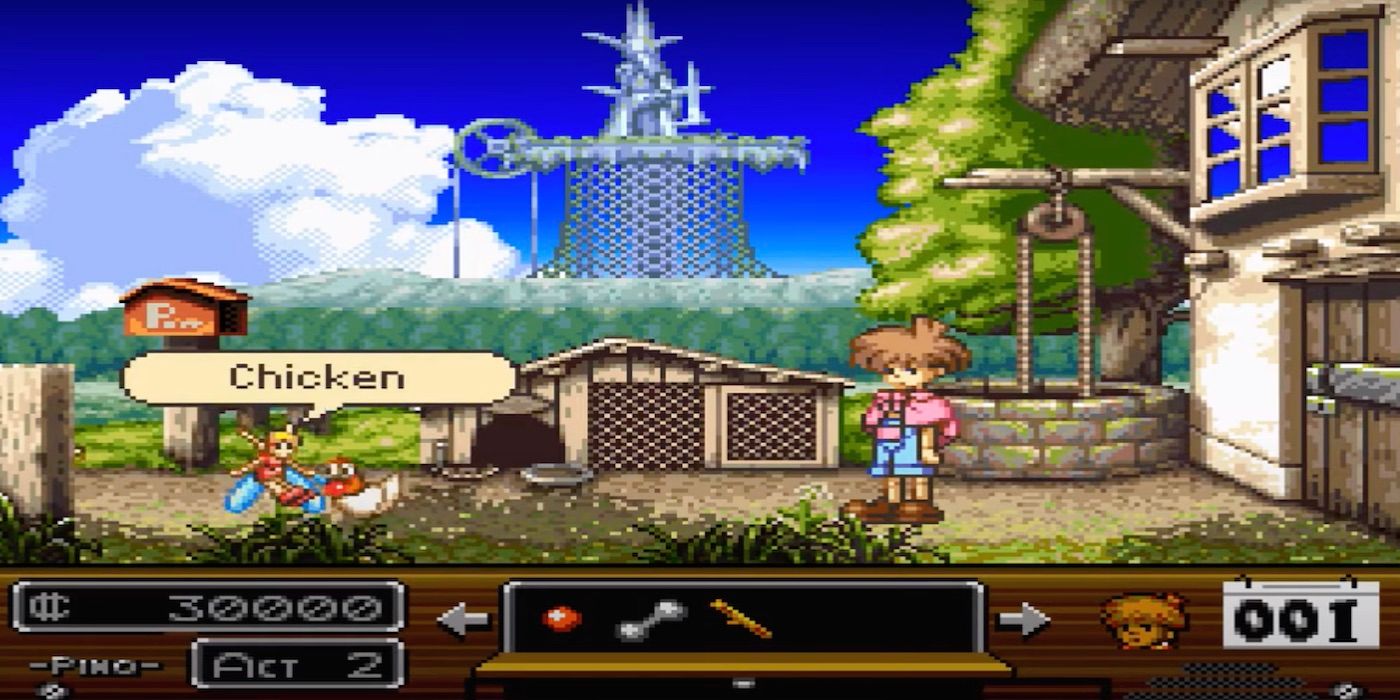
Created by the same people who also made E.V.O.: Search for Eden, Wonder Project J is a 1994 Super Famicom game where the player is a fairy named Tinker who has to raise a young robot boy named Pino. Unlike other raising sims, this is accomplished through point-and-click adventure gameplay. By clicking on items on the screen, Tinker can direct Pino to certain items and teach him how to use them.
Since Pino is like a baby who is just learning about the world, Tinker will need to scold Pino when he inevitably does something wrong and praise him when he does something right. Although it can be frustrating at times, it is rewarding to see Pino develop and learn as the game goes on.
Moon: Remix RPG Adventure (1997)
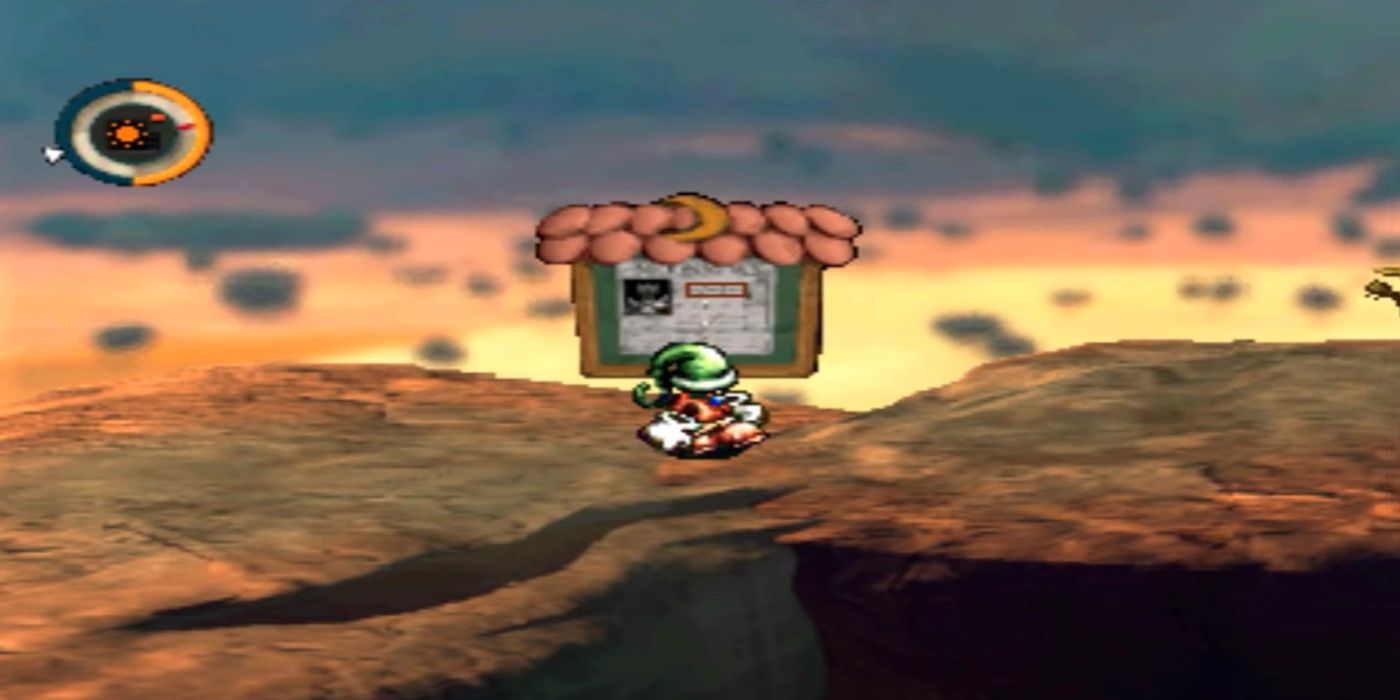
Originally released in 1997 for the PS1, Moon: Remix RPG Adventure is a parody of traditional JRPGs and one of the main inspirations of popular modern anti-RPGs like Undertale. In this game, the player is a young boy who gets sucked into the world of the RPG he was just playing. As a simple “supporting character,” the boy has to fix the damage caused by the traditional RPG “hero.”
After the “hero” ransacked the NPCs’ homes and killed many creatures, the protagonist now has to help the NPCs and help the souls of the creatures, which raises the boy’s “Love Level” and allows him to stay in the world longer. All of the NPCs have their own routines that change each in-game day, and there are tons of hidden events that can easily be missed. While it was a Japan exclusive game for many years, it has recently been released internationally for the Switch, PS4, and PC.
L.O.L.: Lack of Love (2000)
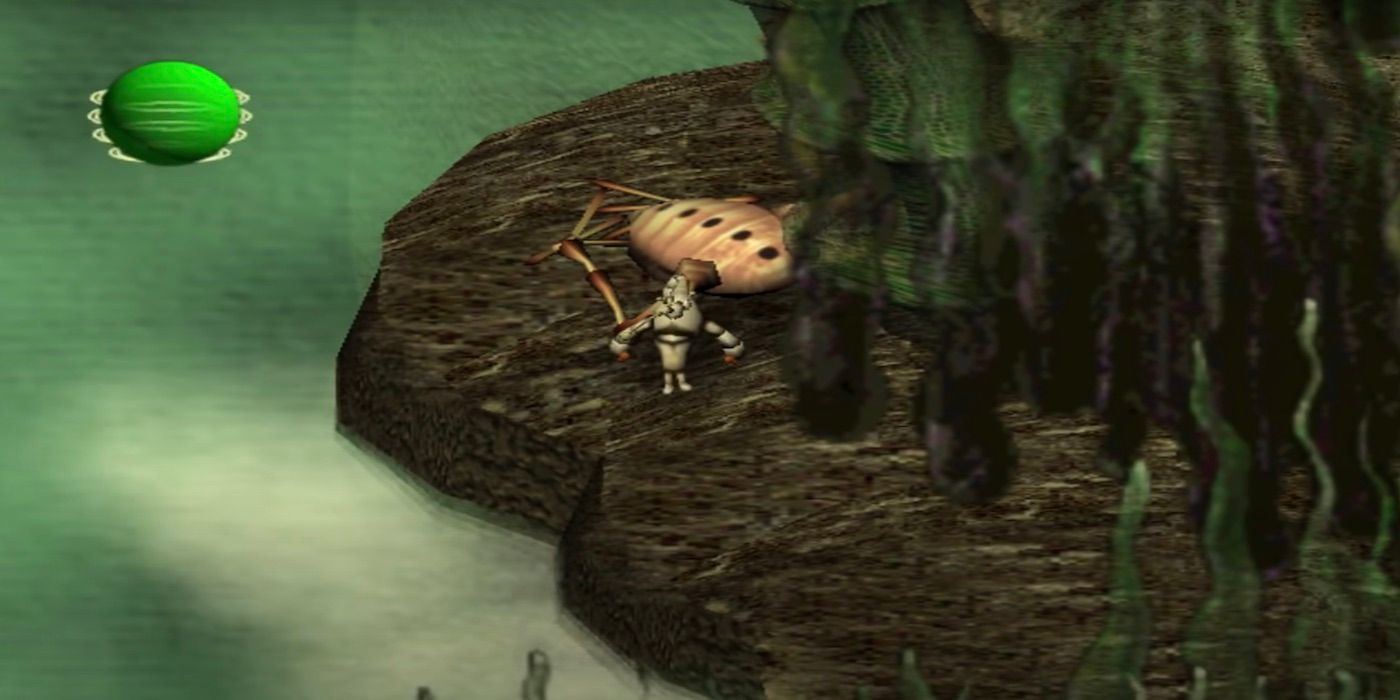
Created by the same developers who made Moon: Remix RPG Adventure, L.O.L.: Lack of Love was a puzzle adventure released in 2000 for the Dreamcast only in Japan. Based on the Gaia Hypothesis that states that all living creatures live in harmony and work together to sustain a planet’s life, the game follows an alien creature who must befriend other alien creatures to gain enough power to save the planet from robots who were sent by humans.
Unlike other evolutionary-focused life-sims, the player evolves their creature by helping other creatures. While the player does have to consume others sometimes, it’s just to keep the creature from dying from hunger.
Creatures (1996)
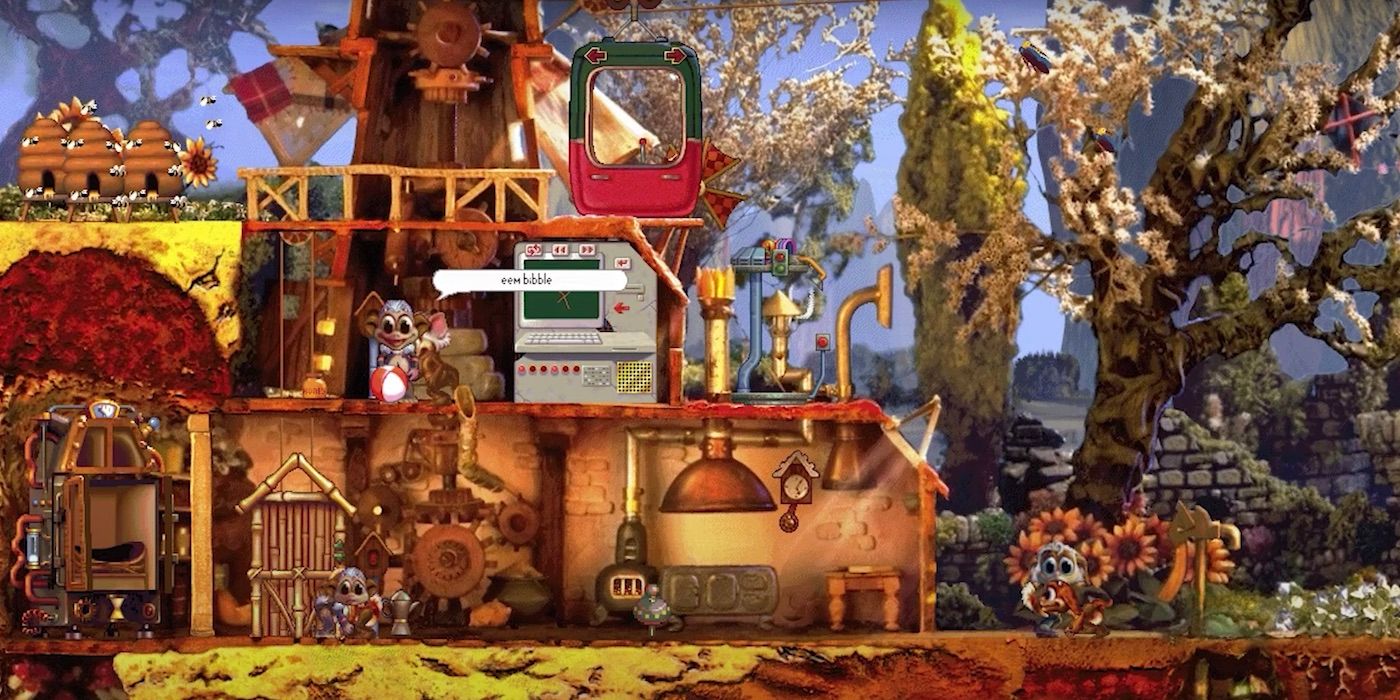
Created in the mid-1990s, Creatures is a series of games where the player raises alien creatures known as “Norns.” This is done by teaching them words, helping them use items, protecting them from enemies, and creating more Norns. Instead of scripting the A.I.s, the Norns are driven by a complex biological and neurological simulations, and each Norn has its own detailed DNA strands.
With how in-depth their A.I.s were, there was a big debate about whether or not the Norns are actually alive. This became a major topic after some players created whole communities dedicated to “Norn torture.”
